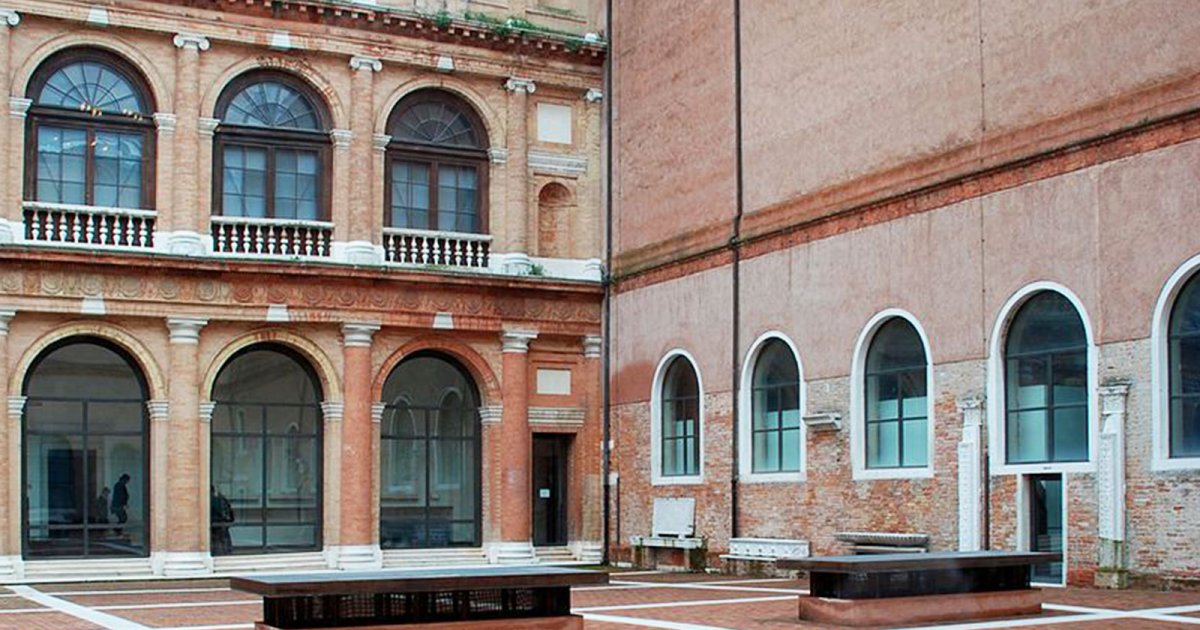ACCADEMIA GALLERY, History
 Language: English / USA
Language: English / USA
Before you begin your visit to the Accademia Gallery, which is mandatory for art lovers from around the world, let me briefly summarize its history.
The museum was founded in 1750 along with the Academy of Fine Arts, which had been equipped with an impressive number of paintings, pottery, and casts of ancient statues for educational purposes. During the age of Napoleon when many convents were suppressed, an extraordinary amount of artwork became available; much of this was sent to Milan for the foundation of the Brera Art Gallery, some masterpieces went to the Louvre, but a large part remained in Venice and was reorganized into a painting gallery at the ancient Scuola della Carità and the adjoining Gothic church, which had been deconsecrated and split in two by a mezzanine floor.
The Gallery underwent a sophisticated reordering intervention in 1960, and the works were arranged in a substantially chronological order, despite having to take account of the canvases' dimensions, at times quite exceptional. In the last rooms you'll find both of the important painting cycles that were made for the School of St. Giovanni the Evangelist and the School of St. Ursula.
For the 200-year celebrations of the Gallery's opening to the public (1817-2017), a major restructuring project has commenced called "Grandi Gallerie" which, thanks to the new arrangement of the Academy of Fine Arts' classrooms, has increased the spaces dedicated to the museum.
The Gallery's façade and lobby still have the same appearance as they did at the end of the 1700s, in addition to the double-sided staircase that led you to the first floor. Your tour begins here in the spectacular hall with its colored marble floor and magnificent gilded wood ceiling with cherub heads.
FUN FACT: the "Gabinetto dei disegni e delle stampe", or Collection of Drawings and Prints next to the Accademia displays what may well be the most famous drawing in the world, The Vitruvian Man by Leonardo da Vinci. The drawing shows the geometrical perfection of the human figure, and has even been reproduced, as you must certainly have noticed, on the 1 euro coin.



